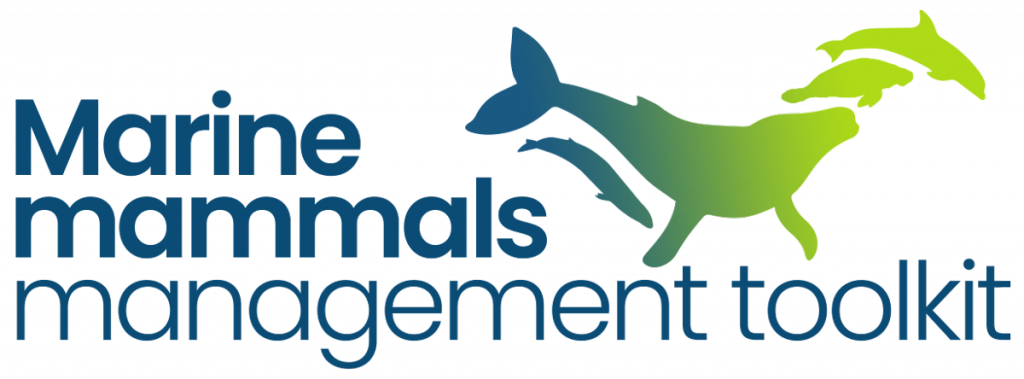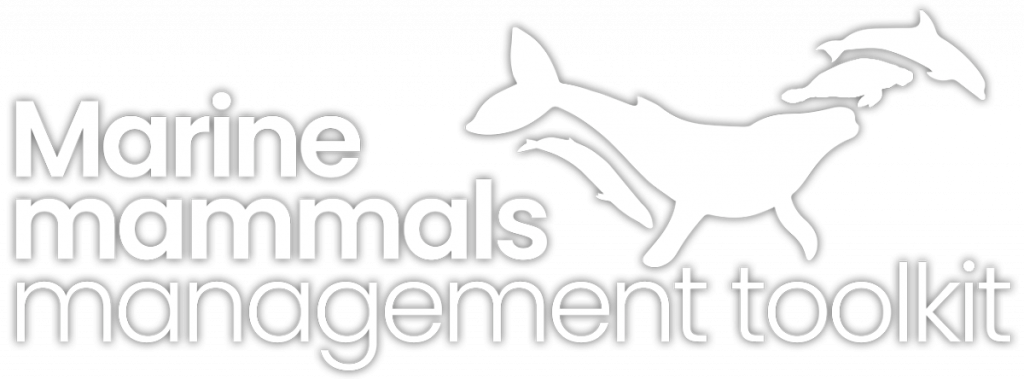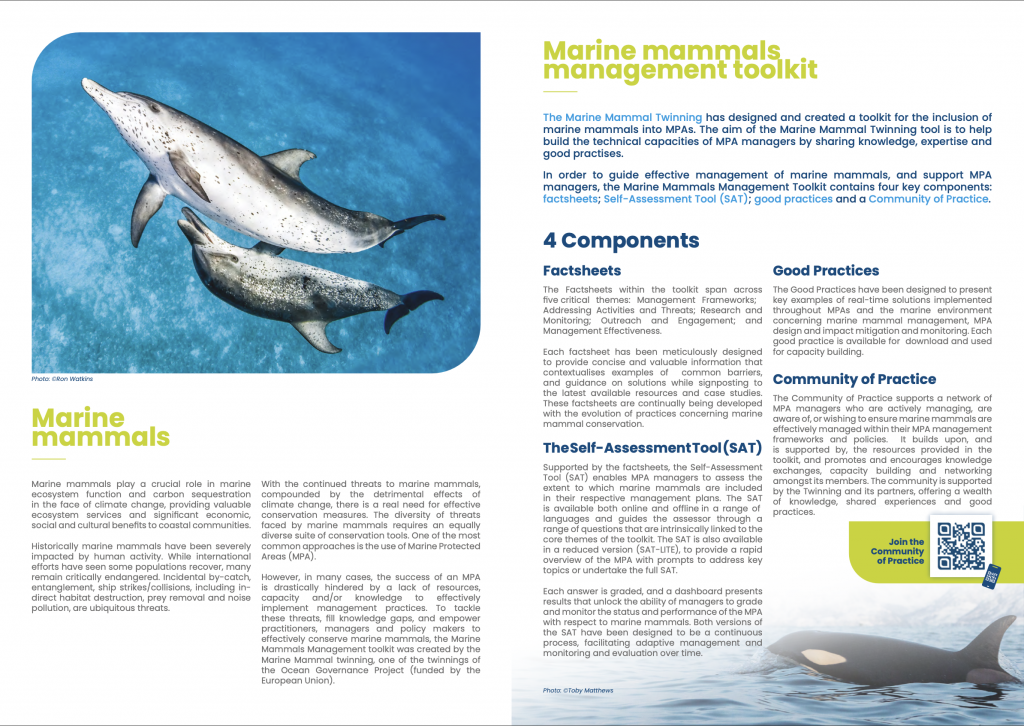New IMMAs approved in the North East Atlantic Ocean and Baltic Sea

Concerns raised for endangered species and habitats in the North East Atlantic Ocean and Baltic Sea 27th February 2024 – The IUCN Marine Mammal Protected Areas Task Force is pleased to announce today the creation of 33 new Important Marine Mammal Areas, called IMMAs, in the North East Atlantic Ocean and Baltic Sea. The newly […]
Webinar: Counting whales from space with SPACEWHALE
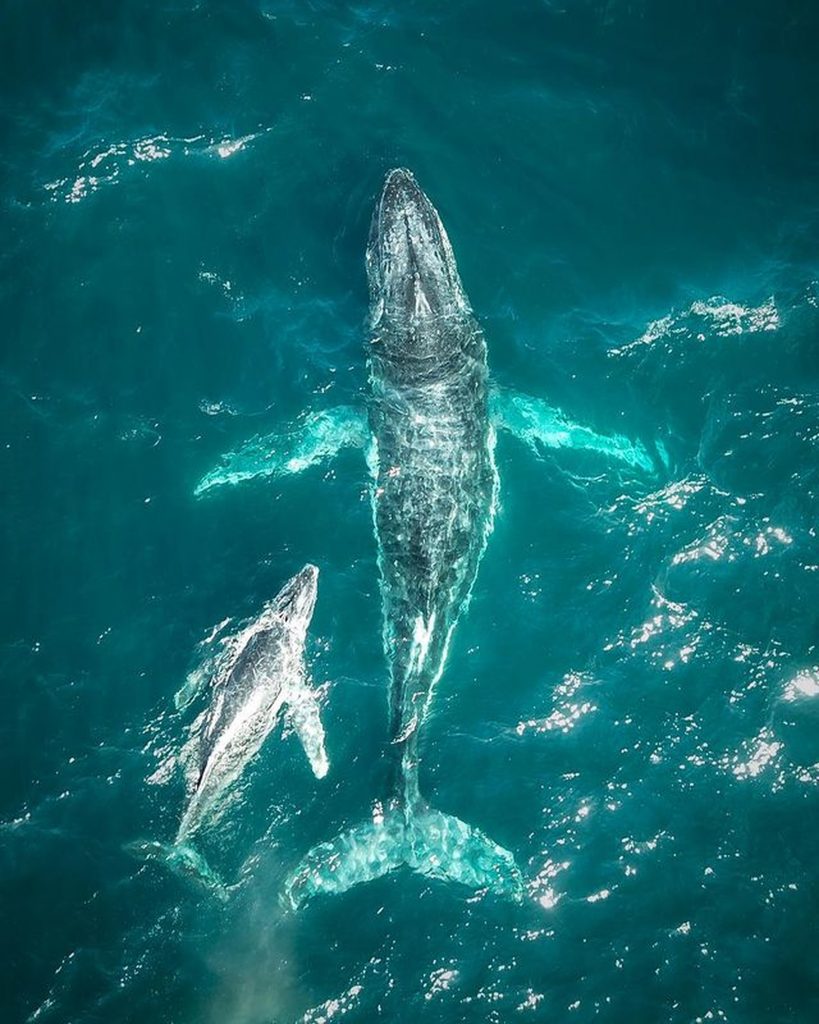
New webinar announced showcasing a new monitoring technique to monitor whales and other wildlife species from space – BioConsult’s new service SPACEWHALE counts whales and other wildlife species from space using satellite imagery. These images are screened and evaluated in a semi-automatic process combining state-of-the-art artificial intelligence and quality assurance by marine mammal experts. SPACEWHALE […]
The Impact of the Marine Mammals Management Toolkit: 2020 – 2023
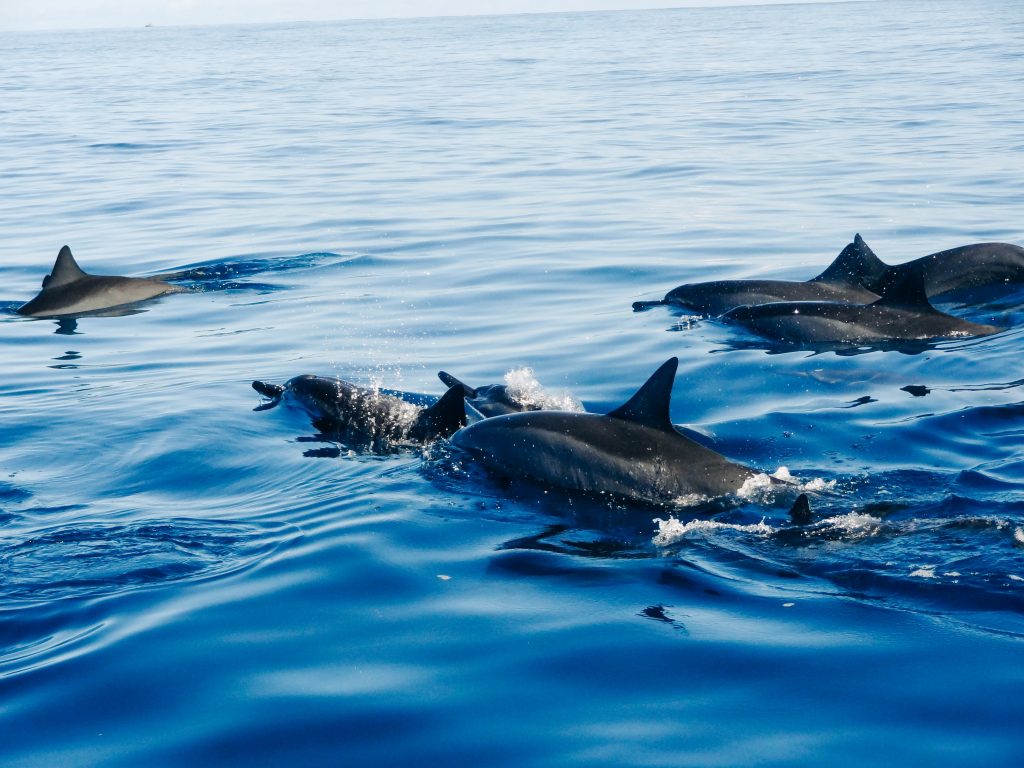
The Marine Mammals Management Toolkit releases its 2020 – 2023 Impact Report, marking the conclusion of the EU-funded Ocean Governance project. Since the Marine Mammal Twinning’s inception as part of the “Transatlantic MPA Project” and subsequently the EU-funded Ocean Governance Project in 2020, efforts have been implemented to develop the technical capacities of marine mammals […]
The World’s Migratory Species of Animals are in Decline, and the Global Extinction Risk Is Increasing
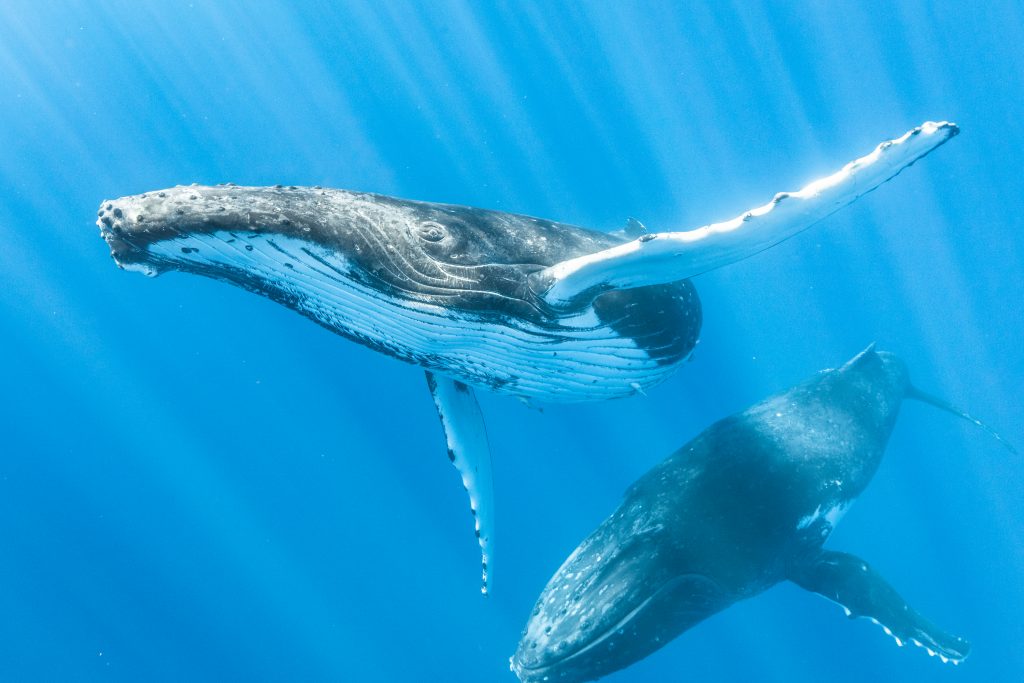
Samarkand, 12 February 2024 – The first-ever State of the World’s Migratory Species report was launched today by the Convention on the Conservation of Migratory Species of Wild Animals (CMS), a UN biodiversity treaty, at the opening of a major UN wildlife conservation conference (CMS COP14). The landmark report reveals: While some migratory species listed […]
Major New UN Report Finds Climate Change is Severely Impacting Migratory Species of Wild Animals
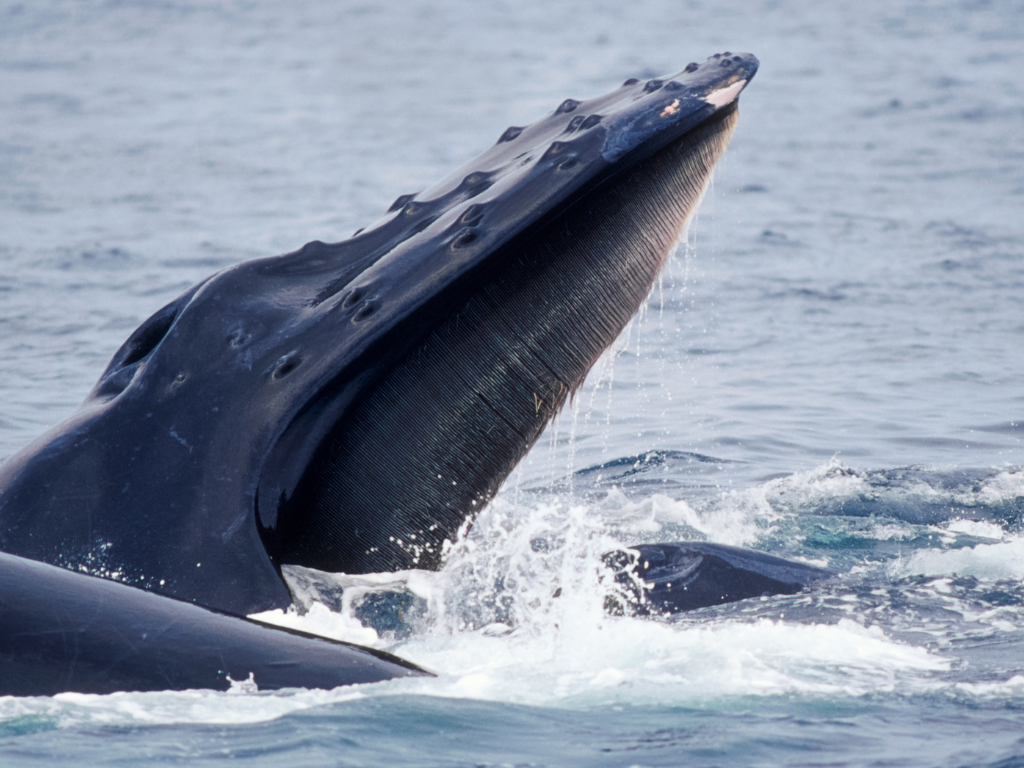
Dubai, 10 December 2023 – Climate change is already having catastrophic impacts on many migratory animals and their ability to provide vital ecosystem services to humanity according to a major new report of the Convention on the Conservation of Migratory Species of Wild Animals (CMS), a UN biodiversity treaty. Released 10th December 2023 at the […]
Gulf of Mexico Marine Assessment Program for Protected Species releases new assessment
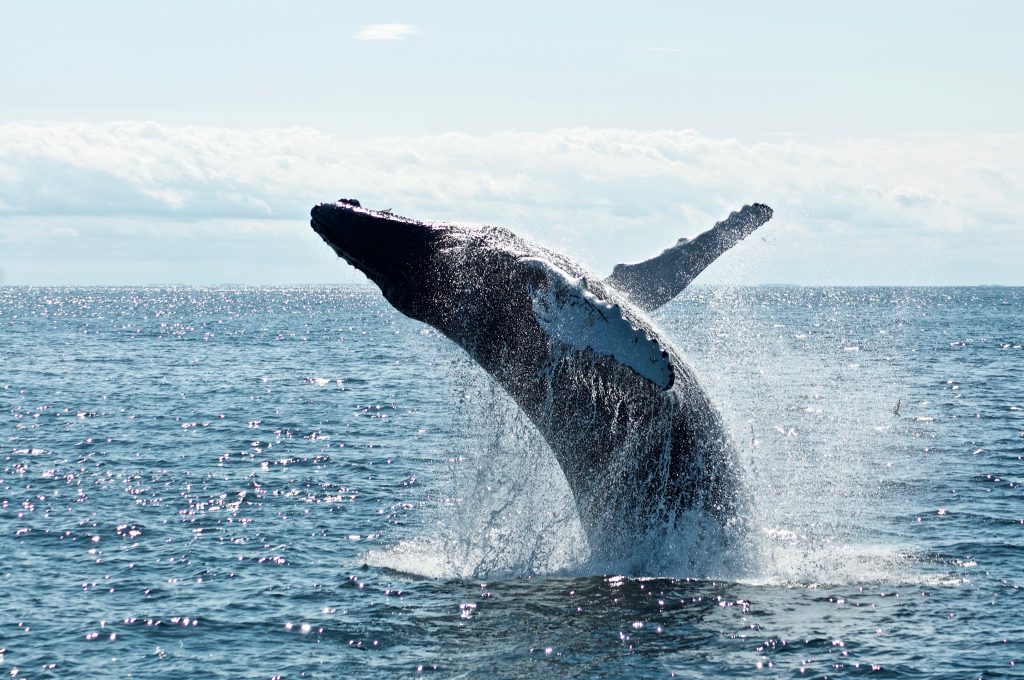
The Marine Mammal team for the Gulf of Mexico Marine Assessment Program for Protected Species (GoMMAPPS) just published their report on at-sea and aerial surveys that took place in the U.S. Gulf of Mexico between 2017-2018. Under the Marine Mammal Protection Act (MMPA) and the Endangered Species Act (ESA), the National Marine Fisheries Service (NMFS) […]
Blue whales return to the Seychelles
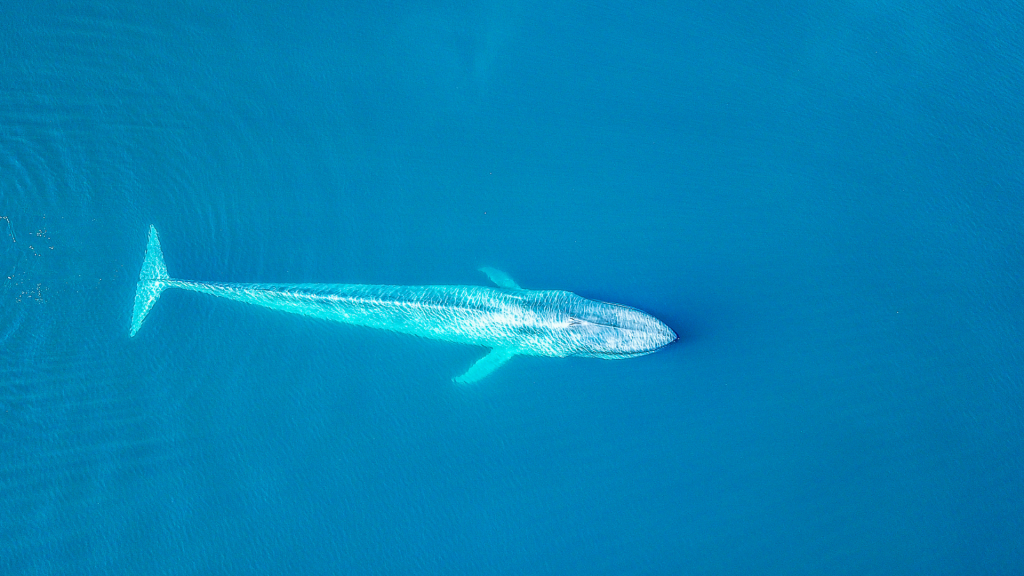
Blue whales – the largest animals on Earth – are making their home in a part of the Indian Ocean where they were wiped out by whaling decades ago. Researchers and filmmakers in the Seychelles captured footage of the whales in 2020 and 2021. It features in the Imax film Blue Whales 3D. But a […]
Dominica Announces Sperm Whale Reserve
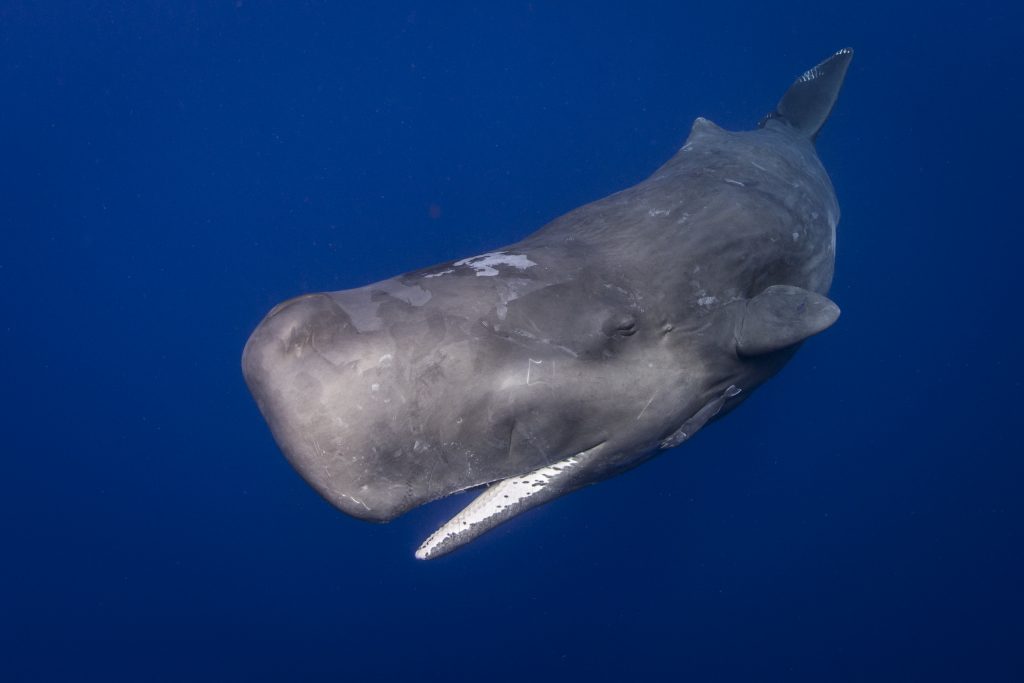
The world’s first marine reserve for sperm whales is set to open in the waters off the coast of Dominica, a tiny island nation in the eastern Caribbean Sea. The reserve’s establishment is aimed at safeguarding a local population of a few hundred endangered sperm whales (Physeter macrocephalus) that are threatened by fishing gear entanglements, […]
Whales and dolphins survey concluded successfully for Upolu and Savaii Islands
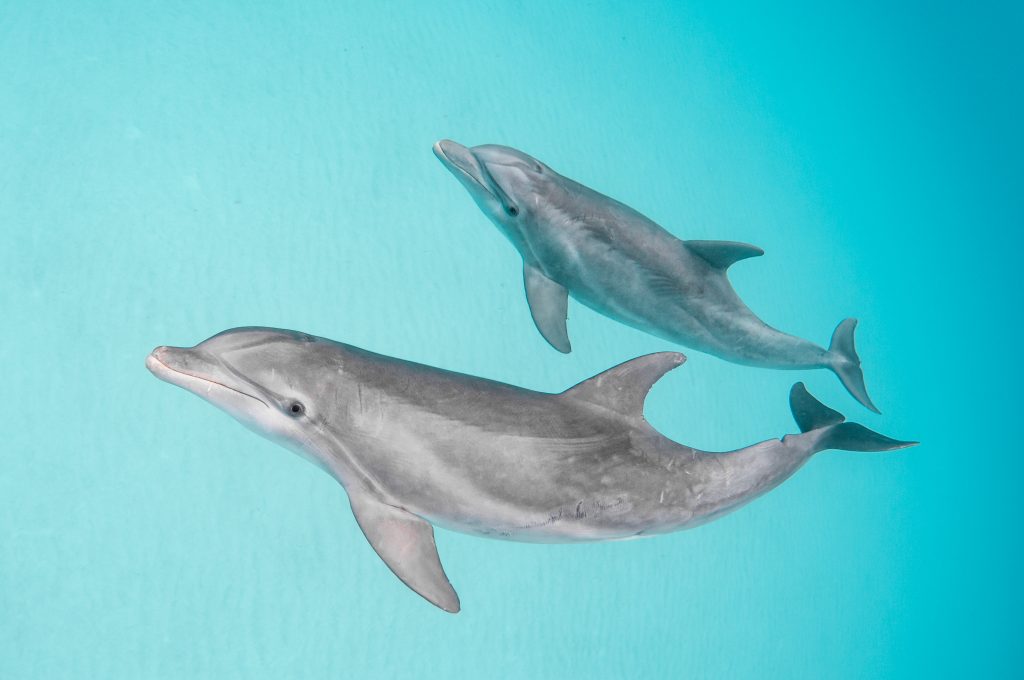
The Samoa Ocean Strategy 2020 – 2030 (SOS) underlines the vital importance of monitoring and researching marine life as integral elements of its overarching strategic priorities. In line with this commitment, the Ministry of Natural Resources and Environment (MNRE) in collaboration with the Secretariat of the Pacific Regional Environment Programme (SPREP) and Conservation International successfully […]
The Twinning’s Final Partners Workshop 2023

From October 16 – 18, the Marine Mammal Twinning hosted its final partners workshop, in collaboration with Stellwagen Bank National Marine Sanctuary in Scituate (MA), United States of America. In total, over 15 MPA managers, marine mammal experts, and researchers, representing 6 countries (USA, France, Mexico, Iceland, UK and Bermuda), convened for a packed 3 […]
